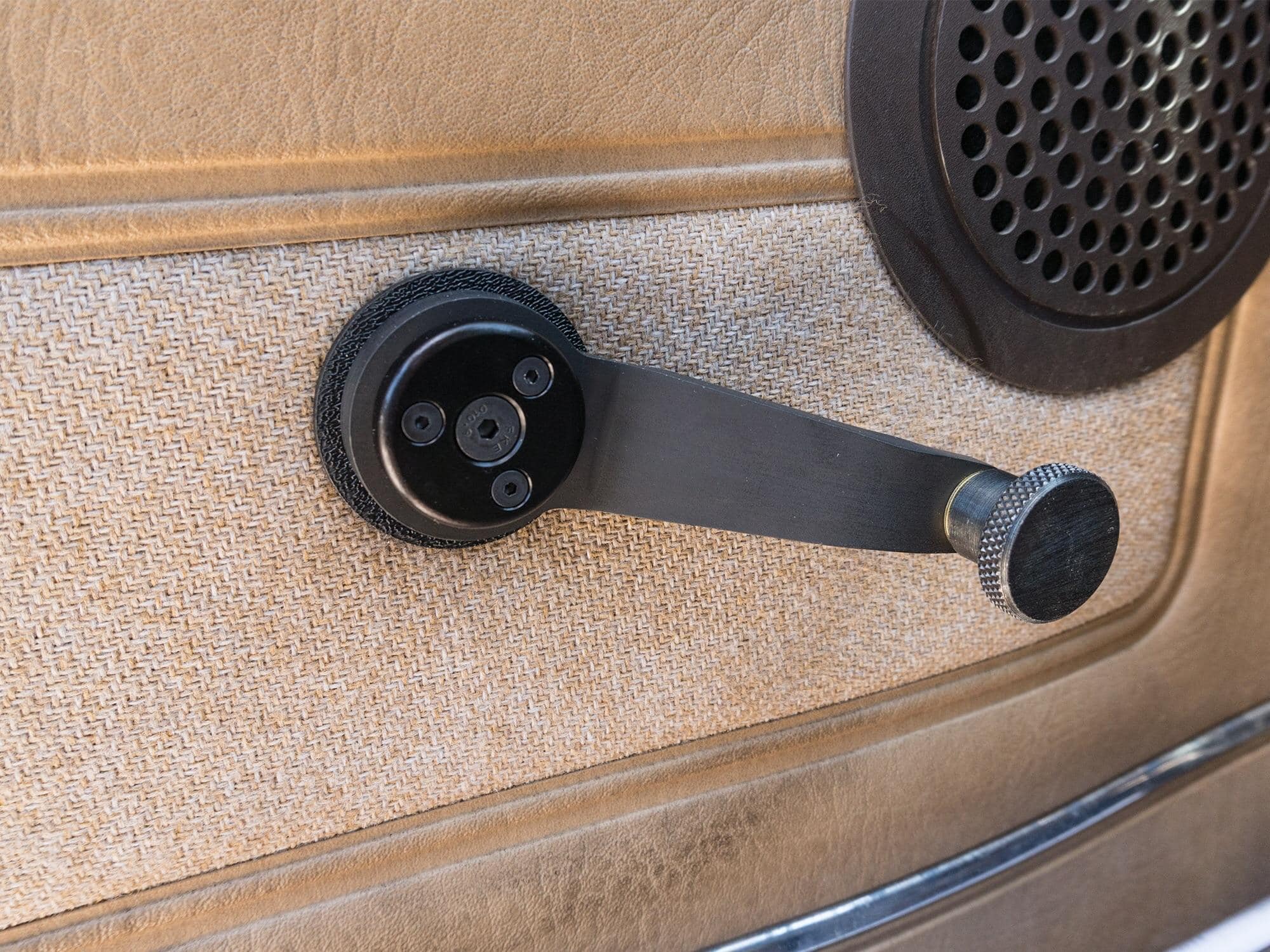Growing up as a kid in the 1970s to 1990s was a different time. During this era, the automotive industry was constantly changing. Certain features that we found inside a car were still new and revolutionary, like the first airbag or the first shoulder seat belts. Remember manual crank windows? Yes, those were actually a thing long before power windows became the norm.
Gen Z has grown up in an age where cars and trucks are covered in technology from top to bottom. Nowadays, cars even have built-in internet connectivity inside them. Those old-school car features of the past have since been forgotten by a new generation of drivers. Most of these car features such as antennas and bench seating will never be a part of the auto industry again. We looked back at the classic car features that Gen Z drivers will never know about. Take a walk down memory lane right here.
Manual/Crank Windows

Manual or crank car windows were the norm for many years before power windows became popular. They were operated by a hand crank that you had to turn to roll the windows up or down. Many people found them to be a hassle and preferred the convenience of power windows. However, there are some advantages to manual windows, including that they are less likely to break and are more affordable to repair (via Car & Driver).

Using manual windows could be a workout for your arms, especially if you had to roll them up and down repeatedly. On hot days, they could be particularly difficult to operate due to the heat expanding the metal tracks. Nevertheless, there was something satisfying about being able to control the airflow with a simple turn of the crank. Overall, while they may seem outdated now, manual windows were a reliable and straightforward way to operate car windows.
